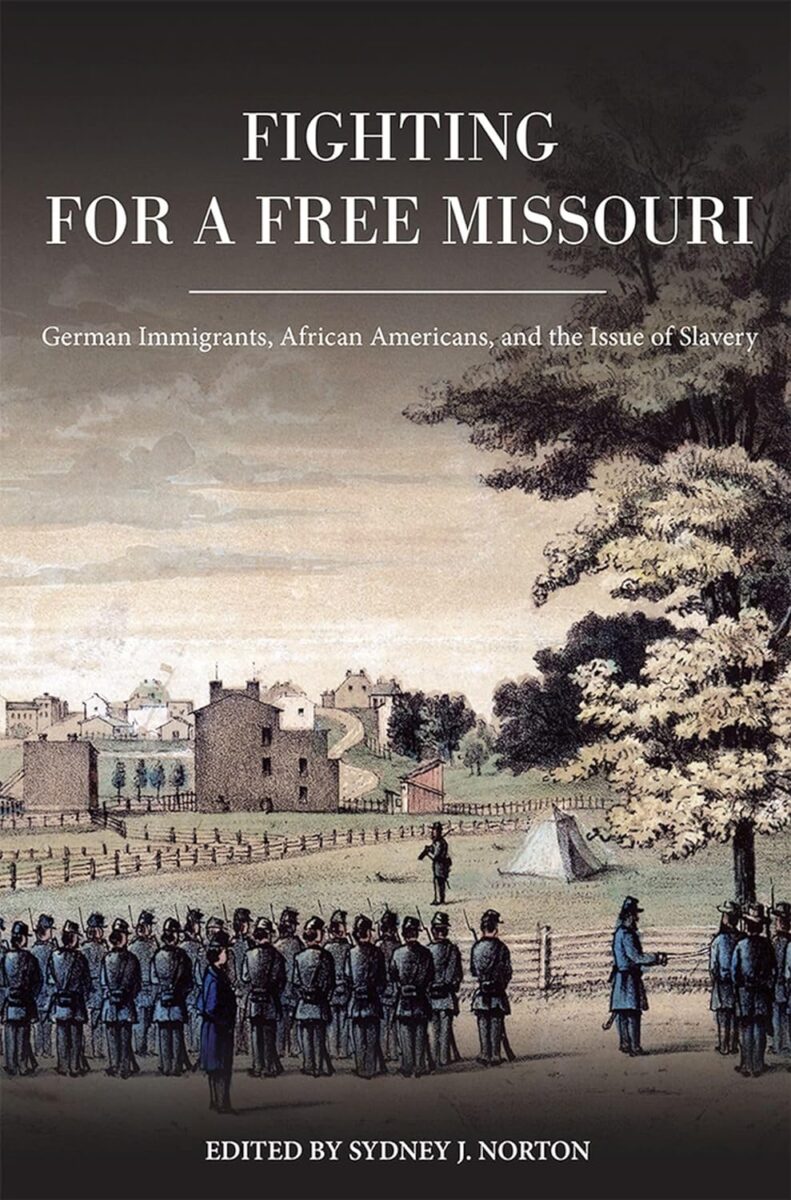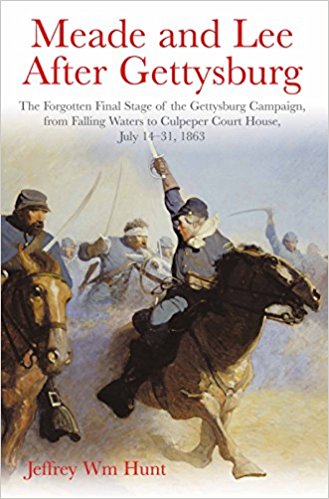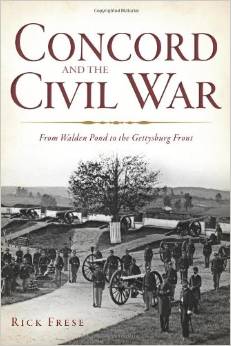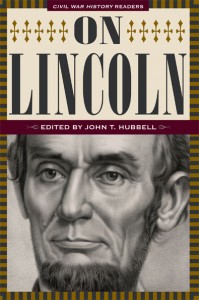The institution of slavery in Missouri faced unique political and social pressures before the Civil War. During this period, a wing of the state’s Democrat party under the leadership of Senator Thomas Hart Benton vocally opposed slavery’s expansion into new western territories. In St. Louis, a Republican mayor was elected in 1858. The city was also the first within a slave state to send an antislavery representative to Washington, D.C., in 1860. Each of these developments can be attributed in large part to the state’s growing population of antislavery German immigrants.
Inspired by the writings of traveler Gottfried Duden, who proclaimed in 1829 that Missouri was a “Promised Land” and a second Rhineland, thousands of Germans seeking to escape the monarchial rule of their homelands immigrated to the United States. Although most Germans disliked slavery, many nevertheless chose Missouri to seek land, homes, and wealth. Recent scholarship on German immigrants in Missouri by Alison Clark Efford, Kristen Anderson Morton, and Zachary Stuart Garrison has greatly enhanced historians’ understanding of this group’s relationship to slavery, race, and secession during the Civil War period. Sydney J. Norton’s new edited volume, Fighting for a Free Missouri: German Immigrants, African Americans, and the Issue of Slavery, likewise succeeds in providing a useful introduction to this topic for both students and scholars of Missouri’s Civil War history.
While the various writers in this volume agree that most Missouri Germans opposed slavery, they paint a nuanced portrait of this community that contains complexity and division. Steve Rowan points out that early German “grays” who immigrated in the 1830s were working-class farmers. The grays did not always get along with “greens” who came to Missouri following the failed German revolutions of 1848—and who often came from elite, academic backgrounds. Gary Kremer’s useful introduction highlights his own German family’s varied racial views to highlight larger divisions within the community during the Civil War era.
Equally important, individual commitments to antislavery politics varied widely. Cynthia Browne’s essay points out that Edward Muehl of the all-German town of Hermann used his newspaper, the Hermann Wochenblatt, to criticize slavery but nevertheless opposed immediate emancipation. He believed a transitionary period in which African Americans became prepared for citizenship was necessary. Rowan suggests that Henry Boernstein of the Anzeiger des Westens likewise opposed slavery but supported Congressman Frank Blair’s calls for the colonization of the state’s Black population to Central America. And Walter D. Kamphoefner’s essay on Judge Arnold Krekel shows that while he was a fervent supporter of Lincoln Institute, the state’s first Black institution of higher education after the Civil War, he is listed as an enslaver in the 1860 U.S. Census Slave Schedule.
Collectively, the ten chapters in Fighting For a Free Missouri highlight the gulf between antislavery ideals and actions. John Wright, Sr., and John Wright, Jr.’s chapter on Black experiences in Missouri demonstrates that close Black/German collaboration did not begin until German officers commanded United States Colored Troops regiments during the war. Manuela Engstler reinforces the point by arguing that antislavery Germans refrained from actively assisting enslaved runaways, believing that “attempting to free slaves by direct intervention was inappropriate meddling” (212). Kristen Anderson Morton argues that German antislavery views were largely tied to the ability of whites to settle in western territories without facing competition from enslaved labor. She demonstrates how the antislavery rhetoric of St. Louis German newspapers became more emotional and heated only after the Kansas-Nebraska Act was passed in 1854.
While each chapter offers useful insights for understanding Missouri Germans, the book lacks an essay about this group’s wartime experiences and, in the case of Engstler, assumes too quickly that these men enlisted in the Union military with the specific goal of ending slavery at the forefront of their minds. More discussion of why Missouri Germans largely retreated from supporting Black voting rights and political equality during Reconstruction would have also been welcomed. Fighting for a Free Missouri is nevertheless a valuable contribution to a rich body of scholarship about the unique role German immigrants played in shaping the state’s history during the Civil War era.
Nick Sacco is Historian and Curator at Ulysses S. Grant National Historic Site in St. Louis.





